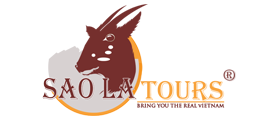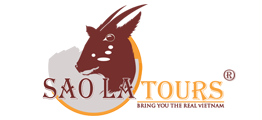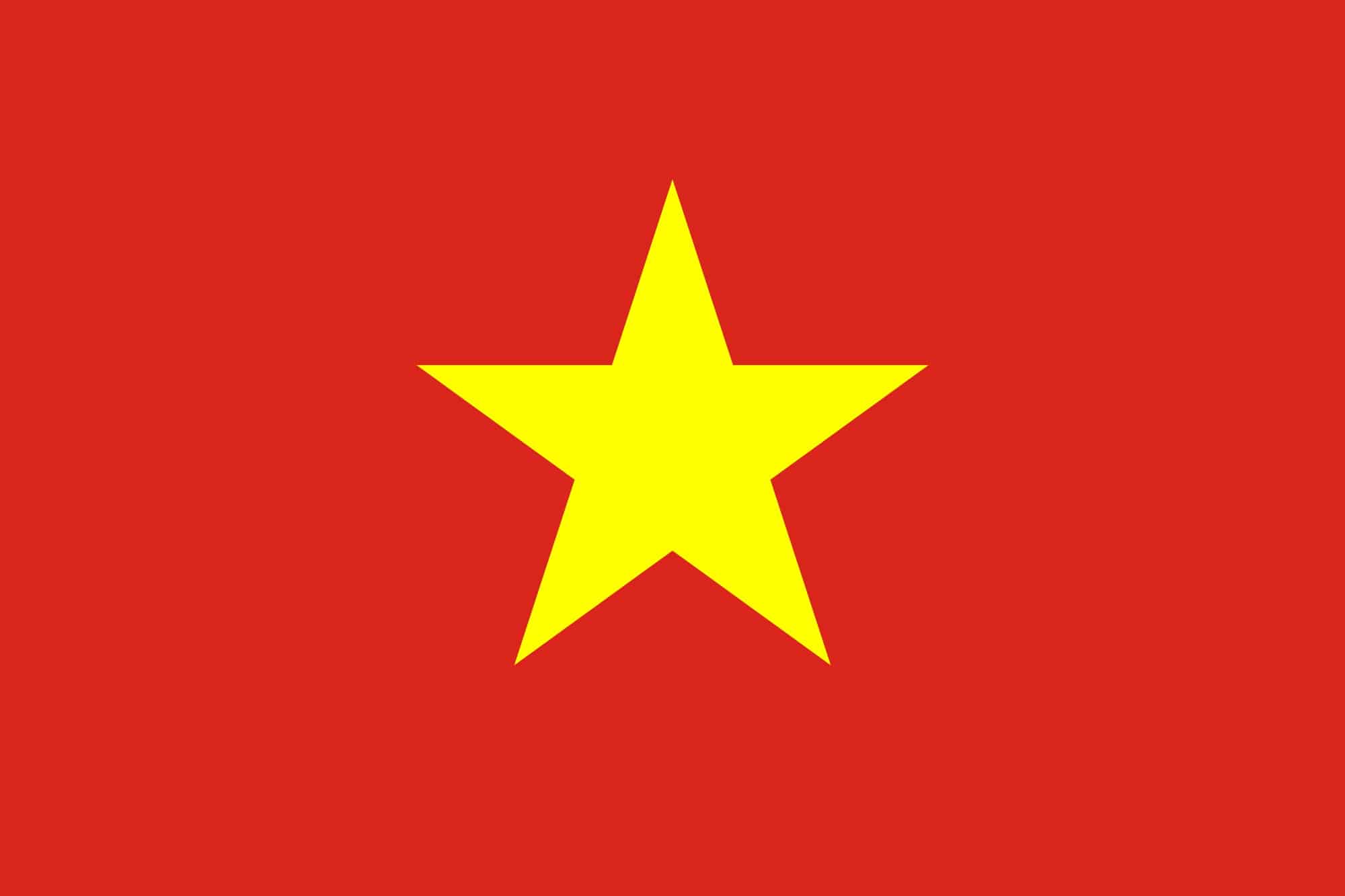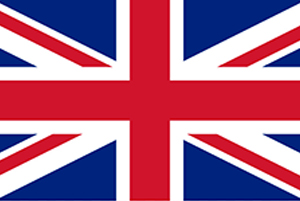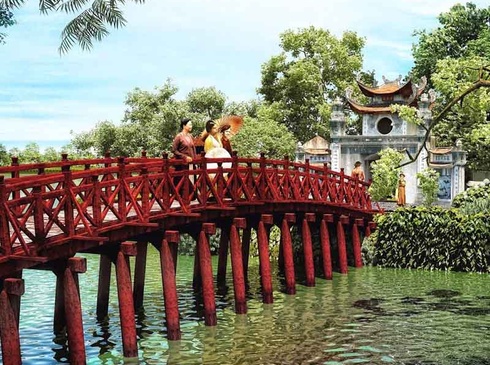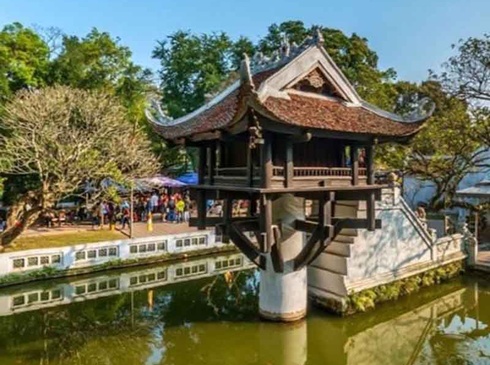Discovering the Charm of Vientiane, The Capital City of Laos
Vientiane, the capital city of Laos, is usually overshadowed by the more popular neighboring cities in Southeast Asia like Bangkok and Ho Chi Minh. However, this lesser-known city deserves to be in the spotlight because of its unique charm and laid-back atmosphere. In this article, we will take you on a virtual tour of Vientiane and show you why this city should be on your travel bucket list.
.jpg)
Visit the City’s Famous Temples
Vientiane has a rich culture and history, which can be seen in its traditional architecture and religious structures. The city is home to several beautiful temples that are worth visiting. One of the most popular temples in Vientiane is the Pha That Luang, which is a golden stupa that represents Buddhism. Another well-known temple in the city is the Wat Si Saket, which is a beautiful temple complex built in the Siamese style. Other notable temples include the Wat Ho Phra Keo, which was once a royal temple and now serves as a museum, and the That Dam, a unique black stupa believed to be the residence of a seven-headed dragon.
Enjoy a Riverside Stroll
The Mekong River is a significant part of Vientiane, and a stroll along its banks is an excellent way to experience the city's laid-back ambiance. Tourists can enjoy watching the boat traffic, sunsets, and the occasional dance or exercise class along the river. The area also has several restaurants and cafes where you can enjoy a meal while taking in the stunning views of the river.
.jpg)
Explore the Local Markets
The markets in Vientiane are an ideal destination for foodies and shoppers alike. The Talat Sao Market, also known as the Morning Market, offers an extensive selection of traditional Lao handicrafts, souvenirs, and clothing. The market also has a section that sells freshly cooked Lao food, which is a must-try for people traveling to Vientiane. The Night Market, located along the Mekong River, offers almost everything under the sun, including street food, clothing, electronics, and handicrafts.
Take a Day Trip to the Buddha Park
The Buddha Park, also known as Xieng Khuan, is a unique sculpture park situated 25km outside Vientiane. The park is home to over 200 Hindu and Buddhist statues, including a massive reclining Buddha. Visitors can explore the park on foot to see some of the most extraordinary sculptures of Buddha, Hindu deities, and even one of a four-armed deity sitting on a horse.
.jpg)
Enjoy Lao Cuisine
No visit to Vientiane would be complete without having a taste of Lao cuisine. Its food is influenced by Thai, Vietnamese, and Chinese food, but has its unique flavor palette. Lao dishes can be found in local restaurants throughout the city, and some of the must-try specialties include sticky rice, laab (a spicy minced meat salad), and tam mak houng (a spicy papaya salad).
Conclusion:
Vientiane might not be as popular as other cities in Southeast Asia, but it has its distinctive charm that is perfect for tourists looking for a less crowded travel experience. From the city's impressive temples to the mouth-watering culinary delights, there is no shortage of reasons to visit Vientiane, the capital city of Laos. A journey to this city is an opportunity to immerse yourself in Lao culture, relax along the Mekong River, explore unique sculptures at the Buddha Park, and indulge in its delicious cuisine. We hope this post has inspired you to add Vientiane to your bucket list and explore this untapped gem.
